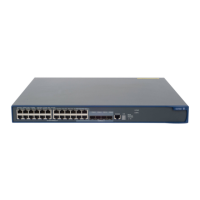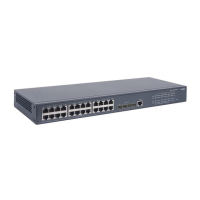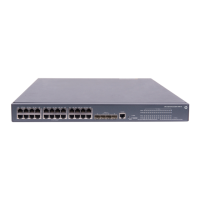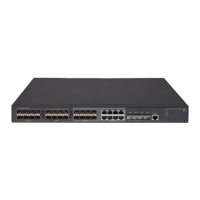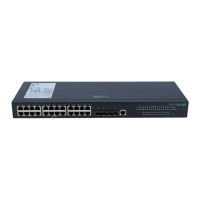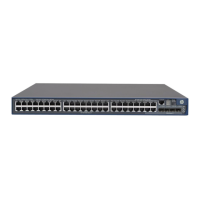65
Figure 25 EAP packet format
0 15
Code
Data
Length
7
Identifier
2
4
N
Code: Type of the EAP packet. Options include Request (1), Response (2), Success (3), or Failure (4).
Identifier: Used for matching Responses with Requests.
Length: Length (in bytes) of the EAP packet, which is the sum of the Code, Identifier, Length, and
Data fields.
Data: Content of the EAP packet. This field appears only in a Request or Response EAP packet. The
field comprises the request type (or the response type) and the type data. Type 1 (Identify) and type
4 (MD5-challenge) are two examples for the type field.
EAPOL packet format
Figure 26 shows the EAPOL packet format.
Figure 26 EAPOL packet format
0 15
PAE Ethernet type
Packet body
TypeProtocol version
Length
7
2
4
6
N
PAE Ethernet type: Protocol type. It takes the value 0x888E for EAPOL.
Protocol version: The EAPOL protocol version used by the EAPOL packet sender.
Type: Type of the EAPOL packet. Table 5 lists the types of EAPOL packets that the HP implementation
of 802.1X supports.
Table 5 Types of EAPOL packets
The client and the network access device uses EAP-
Packets to transport authentication information.
The client sends an EAPOL-Start message to initiate
802.1X authentication to the network access device.
The client sends an EAPOL-Logoff message to tell the
network access device that it is logging off.
Length: Data length in bytes, or length of the Packet body. If packet type is EAPOL-Start or EAPOL-
Logoff, this field is set to 0, and no Packet body field follows.
